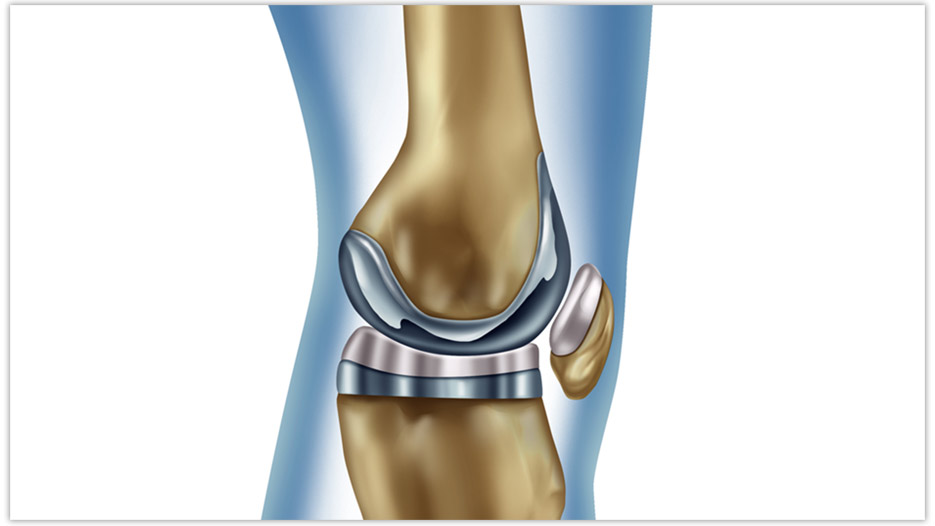After receiving injections to alleviate recurring knee pain for a decade, patient Bonnie Dan and Dr. Eric Stem, a hip and knee specialist with Lowcountry Orthopaedics, discussed the option of a new procedure that had proven to be very successful: a 3D printed knee implant designed to perfectly fit each patient’s unique size and shape and produced by a company called Conformis. Lowcountry Orthopaedics is the only Conformis provider in the Charleston area.
“I wanted what’s best for my body, so that’s what led me to choose the Conformis surgery,” Dan said.
While knee replacements are common, the knee implant itself is unfortunately just as common, offering standard out-of-the-box sizes for a very complex joint that wears and tears differently for every patient. It’s also not uncommon for patients to be frustrated with the results of their standard knee surgery. A poor fit on a joint that supports most of the body can lead to a host of other health problems. The Conformis custom fits and custom makes every knee replacement for each unique patient, using 3D printing technology.
“There are no average sizes, no compromises, no somewhere-in-between sizes,” explained Dr. Stem. “Each implant is made to fit the unique shape of a patient’s knee; we create a map of the knee using a CT scan and send it to Conformis, which produces custom instruments and cutting guides specific to that patient. Conformis also prints a 3D wax replica of the knee implant, which is used as a mold to create the actual implant using metal components.”
The technology is designed to give the patient a perfect fit and alignment and ultimately a more successful knee replacement. It takes about 45 days for Conformis to build the replacement once CT scans are complete. The surgery itself is a resurfacing surgery, during which a small amount of bone is taken off each side of the joint. A standard knee replacement uses standard cutting guides, but the 3D cuts are made custom to the patient.
There are other benefits in addition to the customized fit. In many cases, there is less trauma during surgery and a resulting quicker recovery.
“Most standard replacements require a femoral rod be put in the bone to maintain alignment, so there is more trauma and blood loss. Less bone is removed this way, then the rod is removed. There is often less blood loss and less trauma with a Conformis replacement,” Dr. Stem said.
On average, patients can expect a recovery period of six to eight weeks, or sometimes less if they follow the rules of care, though Dr. Stem said every patient is different.
Dan was so thrilled with the results of her Conformis replacement that she had the other knee done just eight months later.
“I put it off for a long time. Go ahead and have it done as soon as you can before your knees get in terrible condition,” she recommended. “I volunteer at a local medical center, and, anytime people come in, I recommend it. I’m so happy with my brand new knees.”
By Anne Shuler Toole







